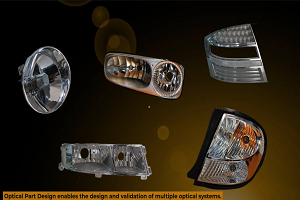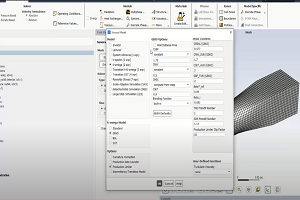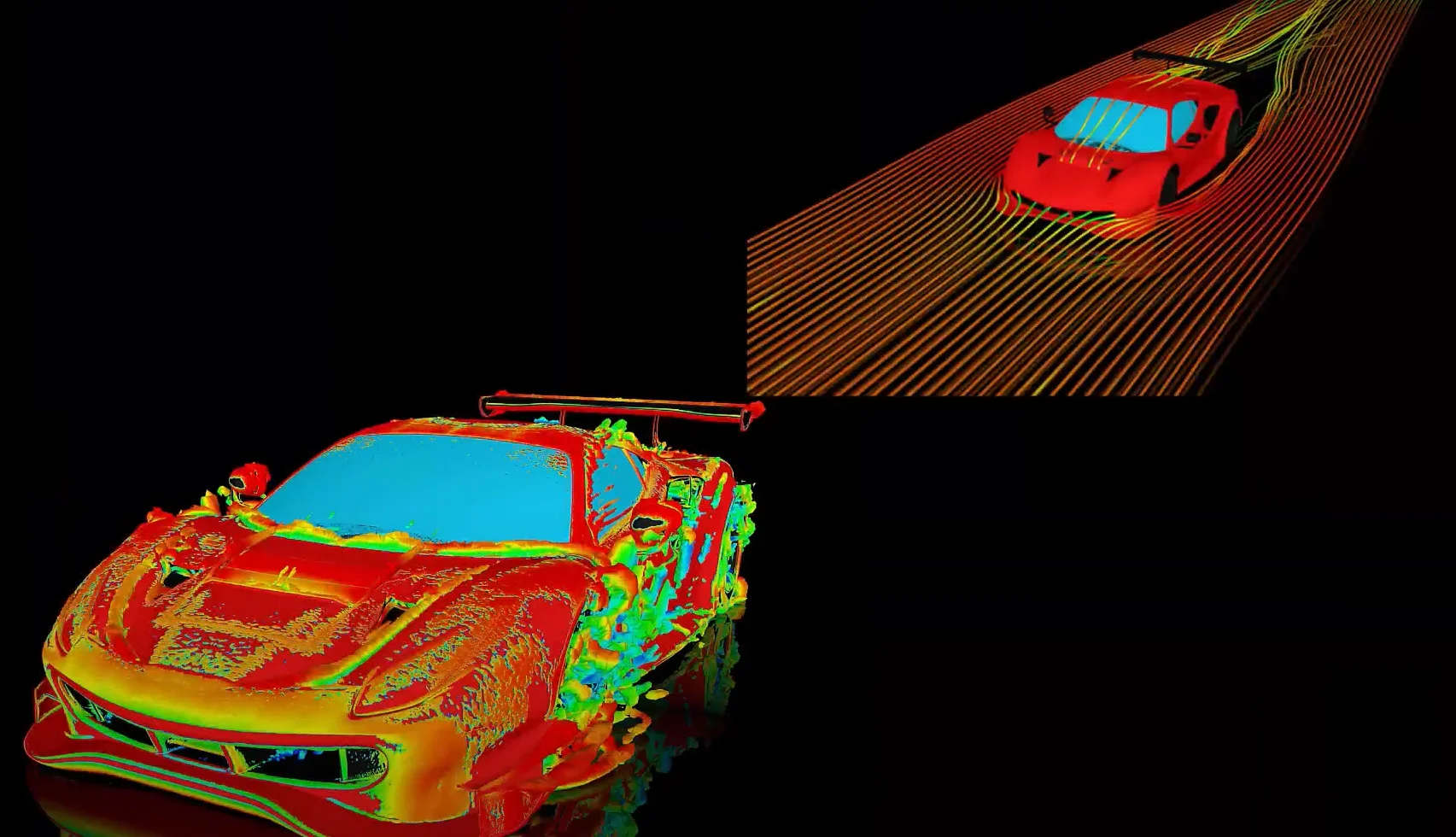Tagged:
-
-
May 23, 2024 at 12:40 pm
 Watch & LearnParticipant
Watch & LearnParticipantThis six-part in-depth video tutorial covers fluid simulation in Discovery 2020R1. Although the tutorial is performed in an older release, the features discussed are valid in newer releases as well. Please note that the refine stage is referred to as the Analyze stage in the video. If you are looking for tutorials in the newer release, please refer to the Fluid Simulation course for 2024R1 here: Fluid Flow Simulation Using Ansys Discovery | Ansys Courses
Fluids In-Depth – Part 1:
In this first part of the Fluids In-Depth tutorial, we will cover importing the geometry for fluid simulation and preparing it accordingly. This preparation involves extracting the internal fluid volume using the volume extract tool. Additionally, we will demonstrate how to use the context-sensitive overlay help for on-the-go feature understanding.
Fluids In-Depth – Part 2:
In this second part of the Fluids In-Depth tutorial, we will review best practices for creating the fluid setup after extracting the volume. This includes extending the inlet and outlet faces to prevent flow recirculation. We will also demonstrate how to use the ‘update volume as created‘ tool.
Fluids In-Depth – Part 3:
In this third part of the Fluids In-Depth tutorial, we will explore fluid flow inside the volume using the GPU-powered Explore stage of Discovery. We will define inlet and outlet velocity, as well as temperature boundary conditions, through either the physics tab in the simulation ribbon or the Halo feature in Discovery. Additionally, we will cover the icons of the Simulation Information Display (SID) for visual simulation cues. Finally, we will define the material for your fluid volume and show how to change the default material for your sessions.
Fluids In-Depth – Part 4:
In this fourth part of the Fluids In-Depth tutorial, we will review the post-processing options in Discovery. We’ll cover all available result options, including vector plots, contours, and streamlines, and delve deeper into the Streamline result plots. We’ll analyze the results and virtually test the product to identify any necessary design changes. Additionally, we’ll demonstrate a few real-time geometry changes and explore how they affect our results.
Fluids In-Depth – Part 5:
In this fifth part of the Fluids In-Depth tutorial, we will transition from the GPU-based Explore stage to the high-fidelity Refine stage (previously known as the Analyze stage). Here, we aim to achieve a more accurate solution. We will explore mesh settings, including Global Mesh settings and the ability to define local sizing. Additionally, we will define a monitor to achieve convergence with a monitored value. We will also review other simulation options and solve the simulation in the Refine stage using the Fluent solver in the background.
Fluids In-Depth – Part 6:
In this final part of the Fluids In-Depth tutorial, we will conduct further post-processing using the high-fidelity solver in Refine stage (previously known as Analyze stage). We will explore additional meshing options, including local meshing, to achieve desired and reliable results. Additionally, we will demonstrate how to transfer the simulation to a Fluent file. For better understanding of the transfer options, please refer to this quick guide: Discovery Quick Tip- How to Export to Fluent – Ansys Knowledge
Note: Ansys Discovery 2024R1 version onwards you can create mesh before solving by clicking on the “Generate Mesh” button from result arc, review and make any changes to the mesh than start the solve.
-


Introducing Ansys Electronics Desktop on Ansys Cloud
The Watch & Learn video article provides an overview of cloud computing from Electronics Desktop and details the product licenses and subscriptions to ANSYS Cloud Service that are...

How to Create a Reflector for a Center High-Mounted Stop Lamp (CHMSL)
This video article demonstrates how to create a reflector for a center high-mounted stop lamp. Optical Part design in Ansys SPEOS enables the design and validation of multiple...

Introducing the GEKO Turbulence Model in Ansys Fluent
The GEKO (GEneralized K-Omega) turbulence model offers a flexible, robust, general-purpose approach to RANS turbulence modeling. Introducing 2 videos: Part 1 provides background information on the model and a...

Postprocessing on Ansys EnSight
This video demonstrates exporting data from Fluent in EnSight Case Gold format, and it reviews the basic postprocessing capabilities of EnSight.

- In-Depth – Fluids Simulation using Ansys Discovery
- Discovery: Porous media coefficient calculator
- Ansys Discovery: Topology Optimization
- Discovery – Defining new material
- Discovery Quick Tip- Understanding Contour Settings
- Structural Simulation using Bolt Idealization
- Thermal Analysis of Heat Sinks with Ansys Discovery
- How to apply bolt Pretension in ANSYS Discovery?
- Symmetry Boundary condition for Fluid flow simulation in Ansys Discovery
- Discovery Quick Tip- How to Export to Fluent

© 2025 Copyright ANSYS, Inc. All rights reserved.

